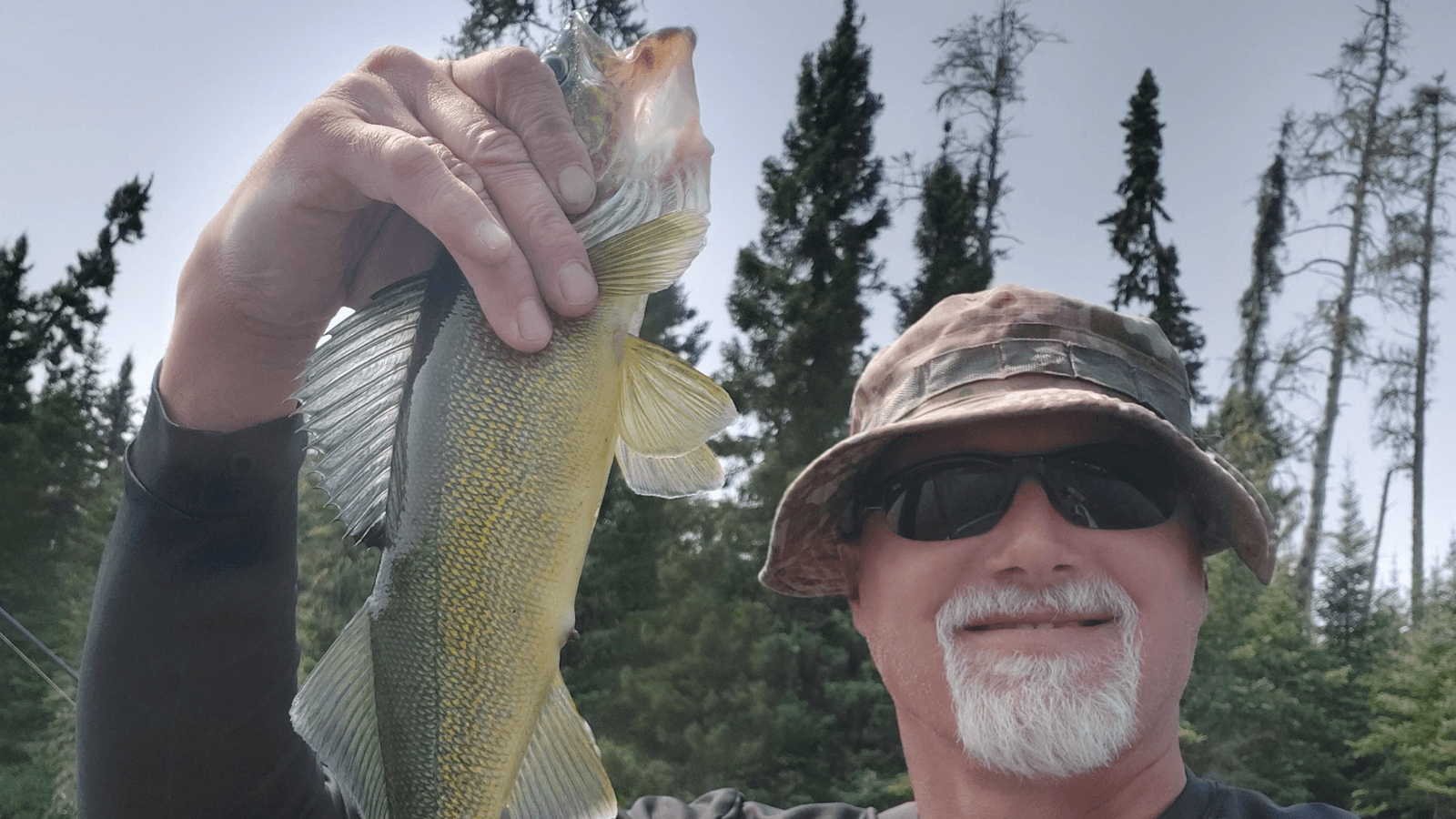
Genesis 1:31 "God saw all that he had made, and it was very good"
These are very familiar words, and speak to the perfection God bestowed upon his Creation. They speak to us today as well, conferring to us the respect with which we should consider the overall Creation, and each of God’s creatures within it.
My favorite creatures inhabit water. I love fish – powerful muskies, entertaining bass, bespeckled panfish, precocious walleyes, but also the incredible variety found in darters, shiners, minnows and sculpins. Aquatic invertebrates are absolute wonders of Creation, rotifers that look like they have blenders for mouths, dragonfly larvae whose mouths look like praying mantis arms and who eat small fish, mayflies that have feather-like external gills, and mussels that have “lures” where their shell opens to attract fish to strike and spread their offspring (glochidia). I am passionate about these creatures and the water in which they live. All of these creatures may live right down the hill from you, in the creek. If they don’t now, they likely once did. Could they again one day?
I live in Iowa, the most altered landscape on our planet. The story here is simple: if the quality of the water isn’t good, if the only thing on the stream bottom is mud, or if the stream goes dry now when it used to sustain flow, then the creatures God intended to be there cannot survive.
Here, the conservation component of the Farm Bill is an important tool. Conservation has a variety of meanings and methods of enactment. While I don’t have exact numbers, conservation investments by county conservation boards roughly match expenditures on fish and wildlife management in Iowa, dollar for dollar. However, $35 is spent via the conservation provisions of the Farm Bill for every dollar spent via each of the previously mentioned mechanisms. As such, farms and farm programs have by far the greatest influence on conservation in Iowa.
I sometimes wonder what conservation means to people. When I look at the conservation components of the Farm Bill, I see wetlands, soil conservation, idling of environmentally sensitive acres, cover crops, and more. There is no doubt that these activities can improve water quality and conditions for God’s creatures. However, we tend to judge them through measurements of actions, rather than assessment of outcomes. Is the water actually getting cleaner, are there more numbers and diversity of fish and bugs?
What does conservation mean in relation to creation care and stewardship? Do we consider the breadth of creation care as we undertake actions at our homes and farms? In town, do you have rain barrels or bioswales? How much fertilizer is being spread on your lawn? On the farm, when adding tile lines, do we consider that may cause the stream to be dry in August? Or that the nitrate levels in the outflow might be 30 ppm, instead of 5 from groundwater seepage? If we aren’t thinking about the fish and bugs, are we loving our downstream neighbors by impacting their drinking water? Being creation stewards doesn’t mean not tiling, but it might mean each tile line outlet should also involve streambank rehabilitation and saturated buffers.
In Iowa, 50% of our fish species are imperiled, as well as 55% of our mussels. Some of those creatures, if not quite a few, inhabited the stream at the bottom of the hill, or down the road, at one time or another. If God placed them there and declared them as “very good”, then the things we do today should respectfully consider if we are fulfilling God’s desires for His Creation.

